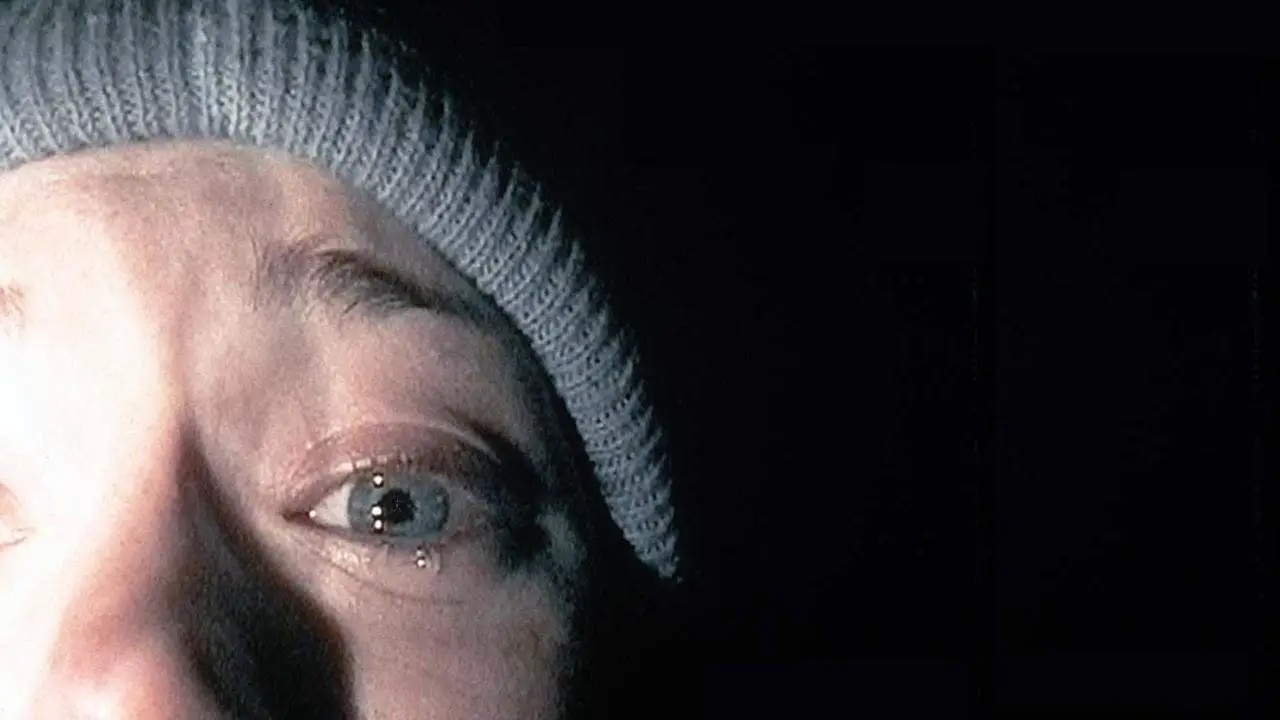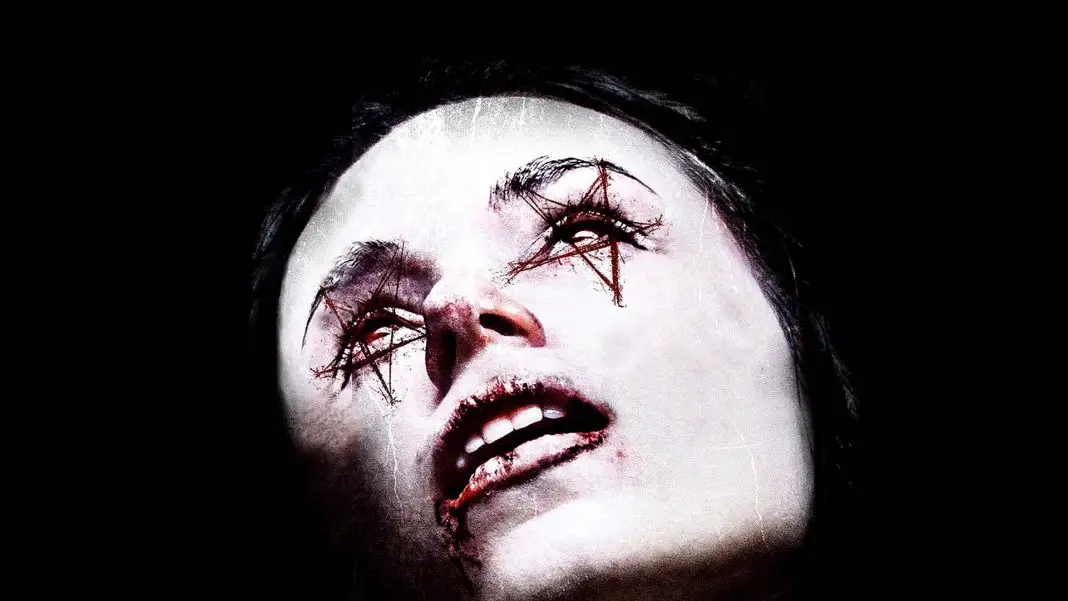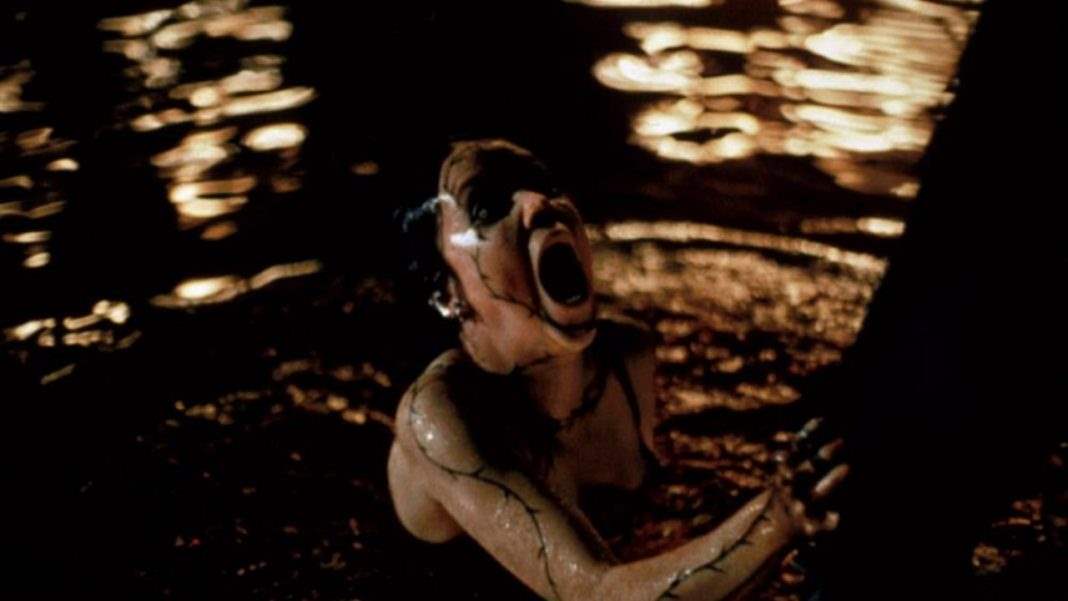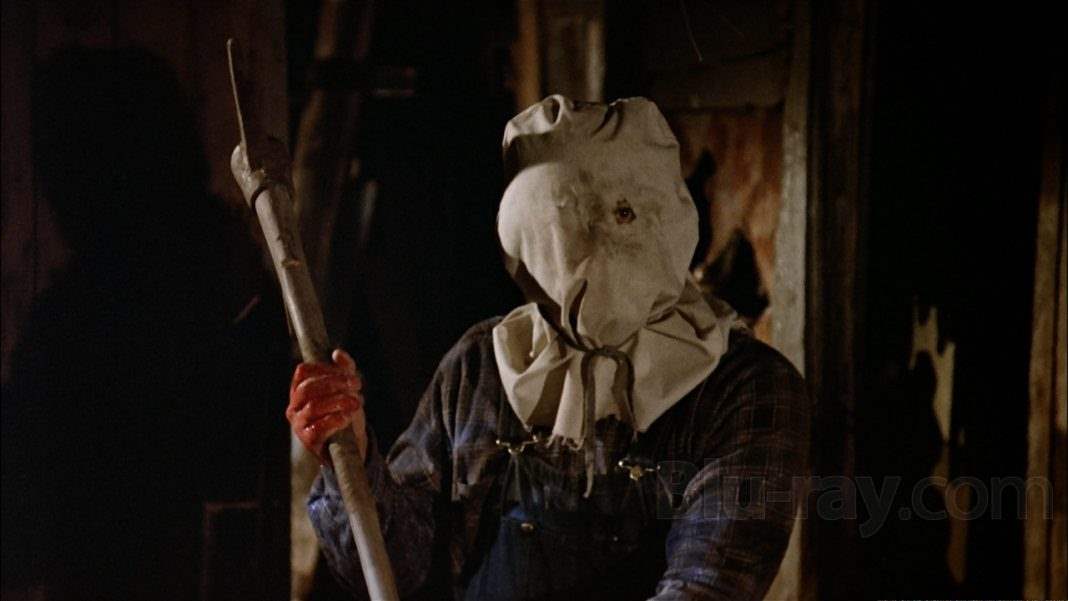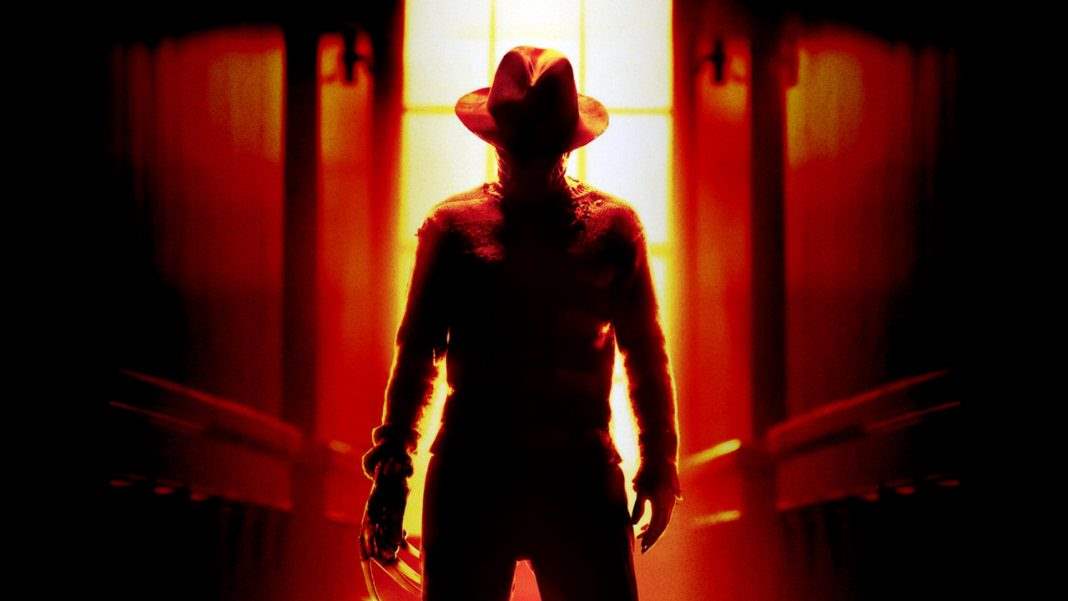Found footage films have overflowed the horror market for the past decade. Despite harsh critiques for ‘shaky, disorientating camera-work’ and ‘derivative, unoriginal storylines,’ the found footage genre continues to produce new content. Cult classics like The Blair Witch Project (1999) paved the way for the genre’s inexplicable success in the states. Paranormal Activity (2007), The Last Exorcism (2010), and Cloverfield (2008), on the back of The Blair Witch Project’s success, cemented the genre as more than just a passing phase. Found footage films are here to stay and evolve in the horror industry. And despite the volume of misguided found footage pictures, we’ve developed a list of diamonds in the rough.
Did You Know? Wicked Horror TV Has Classic and Independent Horror Films Available to Stream for Free!
How we quantify the ‘best’ found footage films can be rather subjective based upon the critic. Despite my personal feelings about a film, I have to give credit where credit is due. Films that are innovative, groundbreaking, received well, and had a lasting effect on the horror industry in some fashion are showcased on this list. In this article, I’ve ordered the films by the year they were released to the general public. I believe every single one of these pictures is worth not only your time but your critical analysis as well.
Related: A Brief and Twisted History of POV Horror Films
Cannibal Holocaust (1980)
Arguably the most brutal, depraved and controversial film of all time, Ruggero Deodato’s found footage offering, Cannibal Holocaust starts off our list. When a film crew goes missing in the Amazon Rainforest in 1979, Harold Monroe undertakes a rescue mission to recover both the filmmakers and their footage. After a harrowing brush with the natives, Monroe is only more disturbed with the graphic, unethical, and evil contents of the filmmaker’s raw documentary footage.
After premiering in select Italian theaters in 1980 on February 7th, the film was quickly pulled and banned in multiple countries. Despite these attempts at censorship, Cannibal Holocaust gained a cult following throughout the world for not only its obscene violence and gore but also its innovative camera technique. Derived from documentary and mondo films, Deodato blended the two distinctive styles into his own brand of gruesome cinematography. Cannibal Holocaust masterfully combines the camerawork of documentaries with classic film in a pseudo-flashback, allowing the audience to marvel in the horror just as Monroe does. And for both Monroe and the audience, the true horror of Cannibal Holocaust is not the cannibalistic customs of the natives, but the grey morals of the film crew. Though Deodato might deny any deeper meaning to his film besides good, old-fashion cannibalistic gore-splattered fun, a viewer cannot help but recall the English novella, Heart of Darkness. The question posed by Cannibal Holocaust underneath all the violence, gore, rape, and dismemberment, is one of the uncivilized versus the civilized: What really is the difference?

Man Bites Dog (1992)
This Belgian dark comedy/comedy-drama follows the violent exploits of serial killer Benoit and his indiscriminate, grotesquely humorous killings. Benoit displays a complete disregard for human life, but his magnetic personality and charm keep his once reluctant film crew steady at his side. As the killings increase in number and severity, so does Benoit’s infectious nature. It’s not the violence or film’s masterful use of dark comedy that enraptured audiences in the early ’90s, but the film crew’s slow descent from ‘objective, moralistic documentation’ to ‘blood-crazed accomplices.’ Andre Bonzel’s masterful cinematography is pivotal to this degeneration. By using the first person camera narrative, the viewer is immediately brought into the headspace of the film crew. As is the genius of any great found footage film, Man Bites Dog not only invites the audience to witness its horror first hand but to partake in its cruel temptations.
Upon first viewing, Man Bites Dog might appear to be the typical mockumentary with some added bloody flair. But this film brings an artfulness to the horror genre rarely seen or achieved in cinema. Far more than just entertaining, Man Bites Dog is an intellectual satirization of contemporary media. The film questions the objectivity of modern journalism and the fervor with which viewers consume brutally violent media. Directors Remy Belvaux, Andre Bonzel, and Benoit Poelvoorde created not only an amazing horror film but a work of merit. For its achievements both artistically and cinematically, Man Bites Dog received the International Critics Prize at the 1992 Canes Film Festival and the Andre Cavens Award for Best Film.
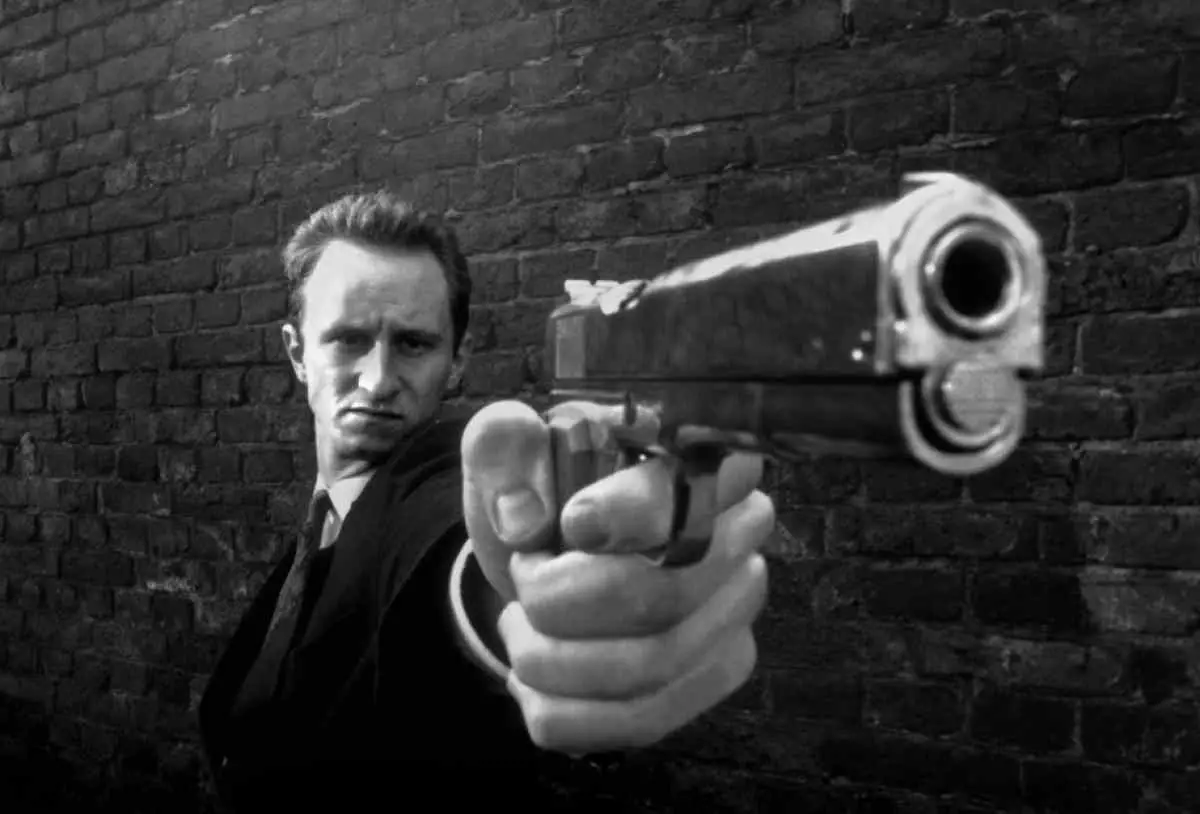
The Last Broadcast (1998)
Set up like a true crime documentary, The Last Broadcast is almost too realistic for its own good. David Leigh, filmmaker and documentary director, investigates the mysterious Fact or Fiction murders for his own crime documentary. But as pieces of evidence mount on screen, the audience becomes aware of a much darker, sinister presence working behind the scenes.
The Last Broadcast is an interesting addition to this list due to its somewhat unremarkable impact on critics and general audiences. The Last Broadcast didn’t crush the box office, nor did the film aggregate an immense cult following like some of the other films on this list. Cited as one of the first films shot entirely on consumer-level video, this film deserves some credit for innovation to the genre. In total this flick had a budget of $900, yet the film crew still managed to make a convincing documentary-style horror film. The Last Broadcast is a flawed movie in some respects, just like every other movie on this list. But the director’s, Weiler and Avalos, dedication to their cinematography and crime narrative is compellingly terrifying, especially as the film reaches its peak.

The Blair Witch Project (1999)
You can’t think, let alone talk, about found footage films in America without instantly thinking of the insane success that was The Blair Witch Project. Set in Burkitsville, Maryland, this psychological thriller follows film students Heather, Josh, and Mike as they try and uncover the truth of a local urban legend, the Blair Witch. But when the three dive deeper into the Black Hills Forest, their trust in one another dwindles in the wake of an increasingly real danger.
The Blair Witch Project premiered at The Sundance Film Festival in 1999 before breaking box office records on July 30th of the same year. While the picture was extensively criticized for shaky, disorientating camera work, it became an instant cult classic. Crowned one of the most successful independent films of all time, The Blair Witch Project grossed $248 million worldwide with a measly $60,000 budget. Without the use of high-end cameras and film equipment, the feature achieved an amateurish charm that made it feel all the more real. Though not the progenitor of the found-footage technique, The Blair Witch Project introduced and popularized amateur first-person filming. And thus gave way to the slew of found footage films that would sweep the next two decades and beyond. Without The Blair Witch Project, in fact, most of the found footage films to hit the market in the mid-2000s would’ve never happened.

Paranormal Activity (2007)
Young couple Micah and Katie move into the quiet suburbs of San Diego, ready to begin their life together. Katie believes that a presence has always followed her throughout the course of her life. Micah, ever the skeptic, begins recording their daily activities in hopes of catching this ‘presence.’ When small footsteps and misplaced keys turn to violent screeches and self-combusting fires, the young couple find themselves trapped in their own hell.
No one can deny the rousing success that is the Paranormal Activity franchise. Paranormal Activity made cinematic magic from almost nothing. Not only did the original Paranormal Activity create a franchise that would span nearly a decade and rake in massive yields worldwide, it also revitalized the found footage genre. Though The Blair Witch Project popularized the technique, Paranormal Activity expanded the technique into new areas and heights. After Paranormal Activity dominated the theaters, found footage films would flood cinemas with renewed vigor. But now, rather than just shaky cameras and documentary style filming, smartphones and personal devices would be a permanent tool in the found footage arsenal.

REC (2007)
While recording for their documentary series While You Were Sleeping at a local fire station in Barcelona, Angela and her cameraman, Pablo, follow the firefighters to a distress call. Once there, however, the building is quarantined due to unknown circumstances. Angela and Pablo, along with the firefighters, are trapped in the building with animalistic, deranged individuals who seem more monster than human.
Deemed an early success of the found footage genre, REC is a true gem that’s rarely discussed in the horror community. This might be because the film is Spanish in origin and America had to settle for the less than stellar remake, Quarantine, which premiered in American theaters a year later. Despite the abysmal Americanized remake, REC placed 60th on Time Out’s Top 100 and was loved by critics and general audiences alike. REC is a horrifying, yet artistic look at the typical zombie apocalypse trope with an Abrahamic twist that brings yet another dimension to the film. More than terrifying, REC is an immersive piece of cinema with an original storyline fit for multiple viewings. More than any other movie on this list, REC is best enjoyed in total darkness with locked doors, airtight windows, and a prayer book.

Cloverfiled (2008)
Rob records his last few days in New York before relocating to Japan for a new job. While his friends throw him a going away party, explosions and chaos consume the New York skyline and streets. Unable to stop recording the terror before him, Rob and his friends witness the downfall of their city to an alien, monstrous entity.
Cloverfield is that perfect mix of sci-fi and horror. Directed by J.J. Abrams and Bryan Burk, Cloverfield has all the trappings of a typical found-footage film with the bolstered budget of a top-notch science fiction blockbuster. Revered for its combination of first-person camera work and CGI special effects, Cloverfield is a rather strange addition to this list. Most successful found footage films are known for minuscule budgets with minimal, if any, special effects. The found footage technique allows filmmakers to use inexpensive filming equipment to achieve a more realistic, spur-of-the-moment atmosphere where the audience can become immersed in the film. While Cloverfield extrapolated upon this technique with a handheld camera, the introduction of full-on CGI monsters was an innovative, refreshing change.

Lake Mungo (2008)
After losing their daughter, Alice, in a fatal drowning accident, the Palmer family must grieve and try to move on. But her younger brother, Matthew, just can’t shake the feeling that Alice still lingers on. After placing hidden cameras around their home, Matthew and his parents witness not only paranormal occurrences but frightening revelations about who Alice truly was.
Lake Mungo is another unknown gem of the found footage genre, but the story and themes of this film are so captivatingly horrifying. Unlike Paranormal Activity or Cannibal Holocaust, Lake Mungo doesn’t have to rely on jump scares or excessive gore to drive home that ever loathsome feeling of dread. The bleak atmosphere, the documentary style filming, the superb acting, all of these elements create a scene of real fear in the typical day of the Palmer family. Lake Mungo, while using the paranormal to its greatest advantage, masterfully weaves in the mundane and ordinary for a truly breathtaking piece of horror cinema. Spun like an intimate home video, the viewer cannot help but feel painfully connected to the horror on screen.

The Tunnel (2011)
When a water security plan is dropped unexpectedly by the Australian government in the middle of a severe drought, filmmakers Steven, Natasha, Peter, and Tangles travel to the abandoned tunnels underneath Sydney for answers. But exploring the tunnels proves more treacherous than the crew could have ever imagined. In the tunnels, amongst secret histories and government cover-ups, something almost human lurks in the darkness.
The Tunnel is an Australian found footage film with a less than spectacular theatrical run. The film only premiered in one American theater, and therefore only grossed $1,348 USD. But the flick never set out to be a blockbuster success. The Tunnel was one of the first ever films to be legally released on BitTorrent, making it available to millions of Internet users for free. Due to its excellent use of social media marketing and online presence, The Tunnel has made it onto a number of Top 10 lists and has received a generous cult following. The picture has also garnered some awards for its innovation, such as Best Australian Director from the A Night of Horror Film Festival. But this feature should be praised for more than its achievements in cinema. The Tunnel was made not for profit, but for the genuine pleasure and love of horror.

Creep (2014)
Aaron, a freelance videographer, answers an online ad to record a stranger’s entire day. Josef, the stranger, is dying from a sizeable brain tumor and would like the videos to be a type of ‘dialouge’ between himself and his unborn son after he passes. But Josef’s requests became stranger and stranger as the day progresses, leaving Aaron to wonder just who he’s filming.
Creep is by far one of my favorite, if not my absolute favorite, found footage horror film. Not only does Creep capitalize on a more traditional style of filming, but the flick also executes tension masterfully. The burning question throughout is just how dangerous Josef truly is. Is he a harmless, socially awkward stalker? A man pushed too far by an incurable sickness? A deranged, pathological liar with some insane bloodthirst? All of the above?! Besides the rollercoaster of a plot, Mark Duplass’ performance as Josef is eerily charming and so unsettling you’ll have to pause every so often just to gather your wits. The ending is captivating in a strange, surreal sense, where the actions unfolding on screen almost seem to happen in real time. You find yourself wanting to scream and throw things at your laptop or TV, believing so intently in the danger blooming around our protagonist.
That’s our list for the Top 10 Found Footage films, spanning the decades from conception to the present. Agree with our picks? Did some of your favorites made the cut?

